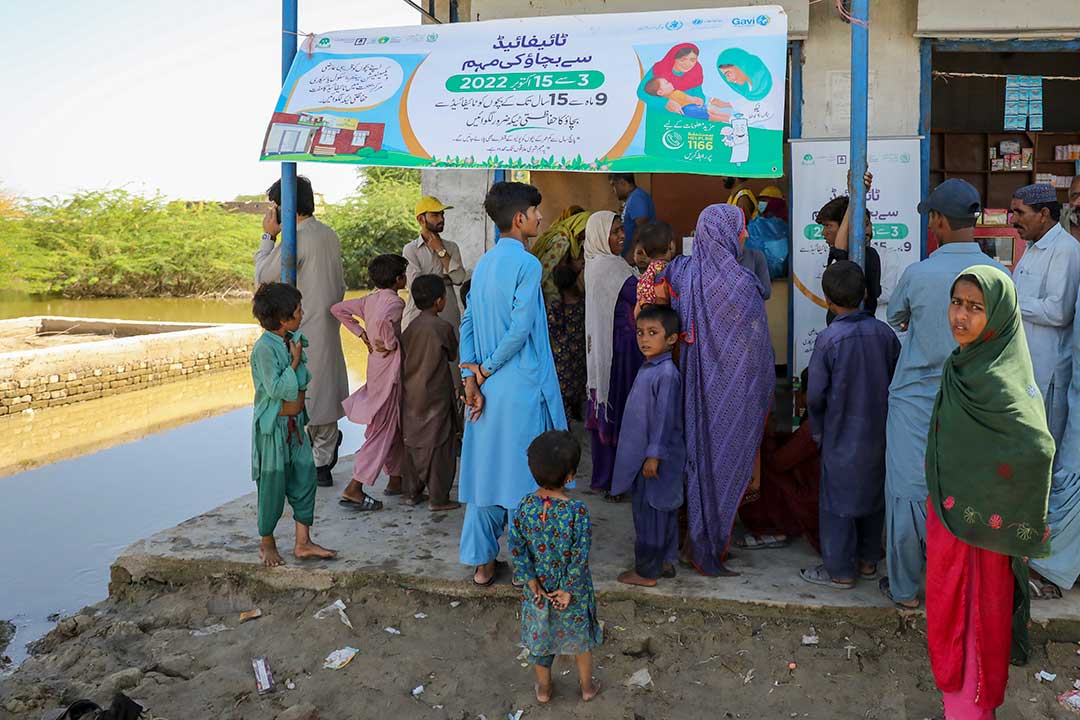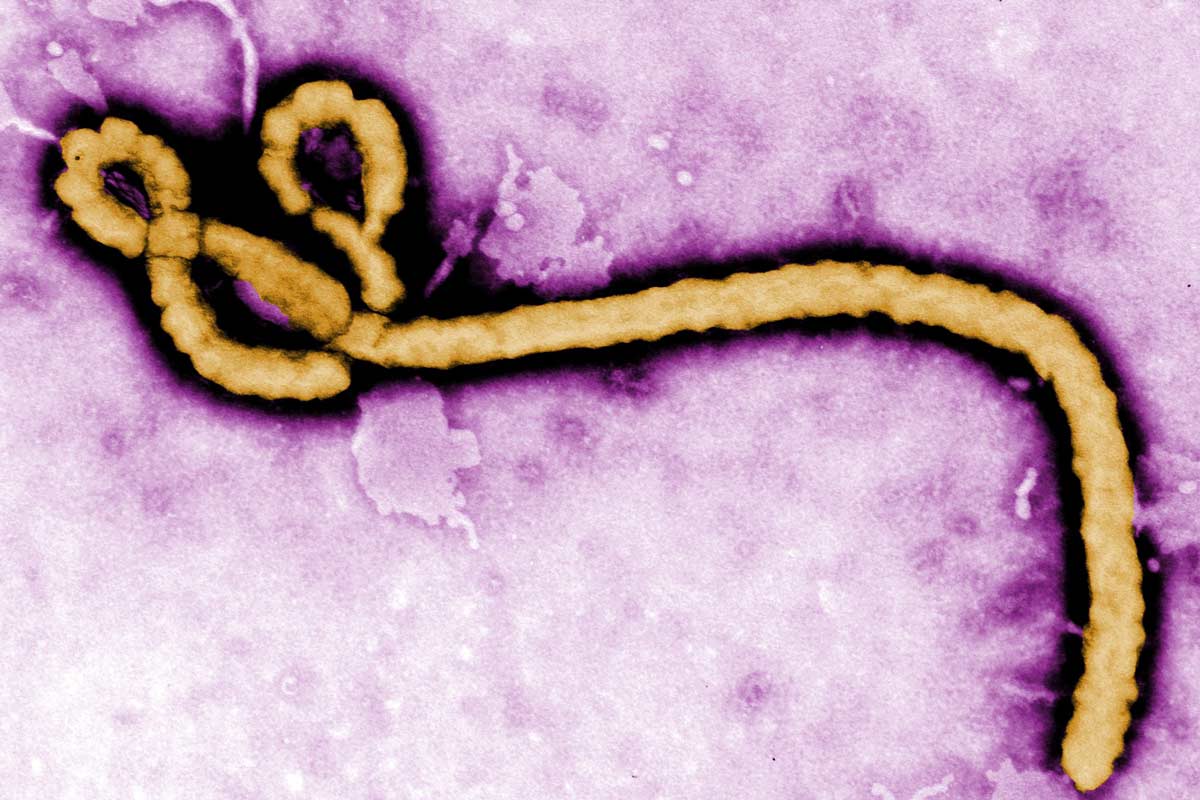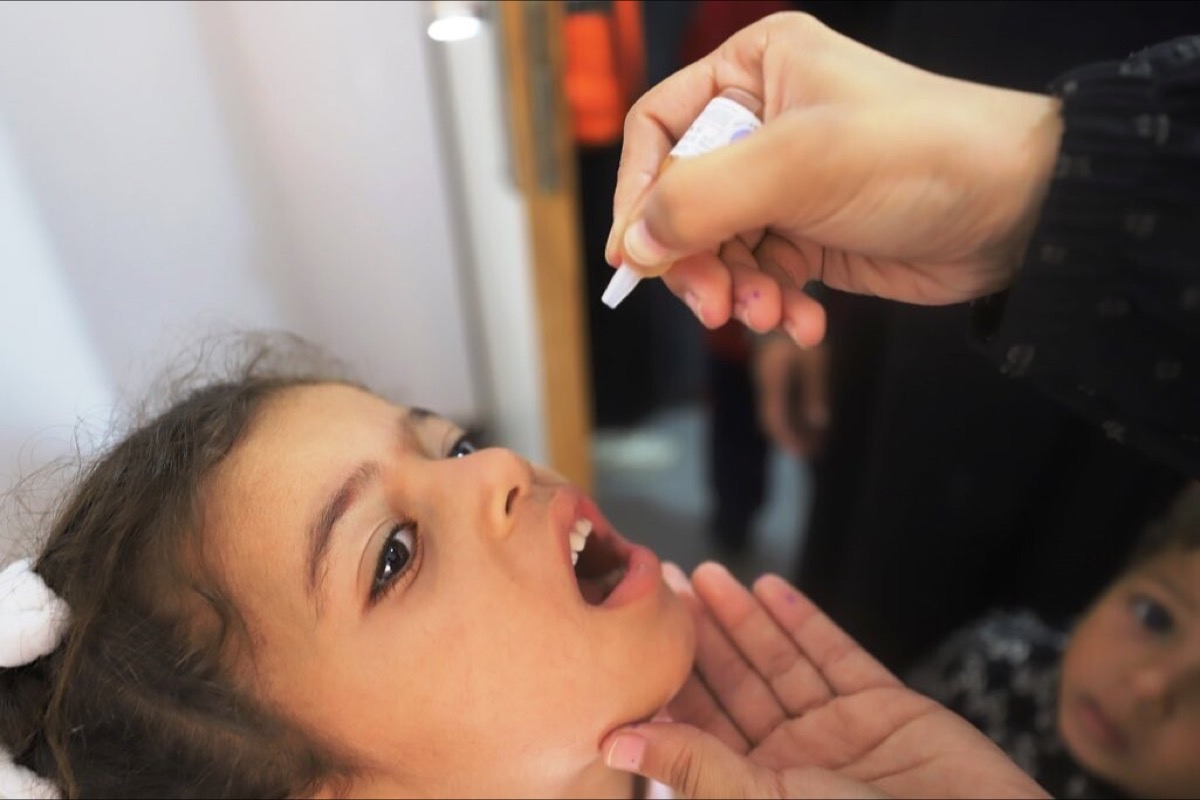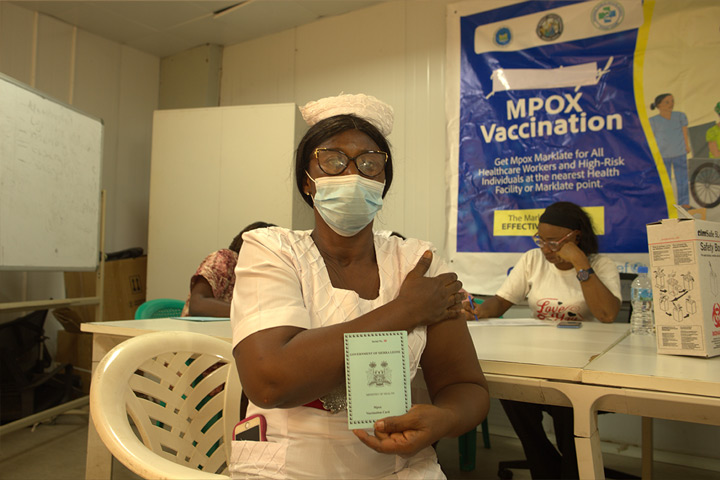Why diphtheria presents a growing threat to our health
Recent outbreaks of diphtheria in Europe and Pakistan highlight the importance of routine immunisation against this killer.
- 8 December 2022
- 4 min read
- by Linda Geddes

In Victorian times, diphtheria was known as the strangling angel. Caused by a bacterial toxin that destroys cells lining the throat and windpipe, making it difficult to breathe, diphtheria was a major killer of adults and children before immunisation against it became routine.
Yet recent diphtheria outbreaks in Europe, and several regions of Pakistan, have highlighted how even seemingly obsolete diseases can make a comeback, given the right opportunity.
In the UK, at least 50 cases of diphtheria have been reported since February 2022, with 27 of these cases occurring in November alone. One man who tested positive for the infection has died. The European Centre for Disease Prevention and Control has also reported an increase in diphtheria cases during 2022, with 153 cases reported by eight EU/EEA countries – Austria, Belgium, France, Germany, Italy, the Netherlands, Norway, and Spain – as of 30 November.
“We mustn’t take our eye off the ball with diphtheria, otherwise we risk it becoming a major global threat again, potentially in a modified, better adapted, form.”
In Pakistan, diphtheria has claimed the lives of at least 39 children, with paediatricians and public health experts blaming inadequate immunisation and a shortage of diphtheria antitoxin used in the treatment of the disease. Disruption caused by recent flooding in Pakistan may be further contributing to the problem. During November 2022, around 70 suspected cases of diphtheria were reported from the flood-affected provinces of Sindh, Punjab and Khyber Pakhtunkhwa (KP).
Vulnerable population
Most of the recent European cases have been in asylum seekers or refugees, who may have acquired the infection in their country of origin, or during the journey to their destination country.
Although most countries routinely immunise infants against diphtheria, disrupted health infrastructure, combined with vaccine hesitancy and waning immunity in adults, means the disease continues to circulate in some countries, albeit at low levels.
Asylum seekers and refugees are particularly vulnerable, because they are often fleeing such countries, and may be in poor health as a result of being forced to leave their homes. Diphtheria spreads easily between people through direct contact or respiratory droplets in the air, so if they are then housed in overcrowded temporary accommodation during their journey, or upon arrival in their destination country, infectious diseases such as diphtheria can quickly spread. Systematic testing at asylum seeker reception centres also improves detection, and it is important to remember that the overall number of cases reported remains relatively low.
Overcrowded conditions
This isn't the first outbreak of diphtheria among people fleeing war or persecution. In 2017, a large outbreak of diphtheria struck Rohingya refugees living in overcrowded camps in Cox's Bazar, Bangladesh. The outbreak lasted for more than two years, with 7,064 cases and 45 deaths reported during that time. It was eventually brought under control through a combination of antibiotic therapy and mass vaccination – although a retrospective analysis concluded that limited global supplies of vaccine and antitoxin may have prolonged the outbreak.
Have you read?
The ECDC estimated the risk for the broader populations of affected countries to be very low, given high rates of immunisation with the diphtheria, tetanus and pertussis (DTP) vaccine, and cases being largely limited to asylum seeker reception centres. "Nevertheless, the possibility of secondary infections in the community cannot be excluded and severe clinical diphtheria is possible in unvaccinated or immunosuppressed individuals," it said.
Despite generally high rates of routine immunisation in high income countries, vaccine hesitancy means that some children don't get vaccinated, while not everyone receives all the recommended booster doses. The US Centers for Disease Control and Prevention (CDC) recommends that children and preteens receive five doses of DTP vaccine and a DTP vaccine booster. Pregnant women should also get one dose of DTP vaccine every pregnancy, preferably early in the 3rd trimester, while adults should receive one dose of DTP or Td every ten years.
Evolving problem
There are several other reasons to be worried about diphtheria. Globally, its incidence is increasing, with almost 17,000 cases reported in 2018 – the highest in 22 years. Disrupted childhood vaccination schedules resulting from the COVID-19 pandemic could make things worse.
Last year, an international team of researchers also warned that diphtheria is evolving to become resistant to a number of classes of antibiotics, with the average number of antimicrobial resistance genes harboured within bacterial genomes increasing with each decade.
"We mustn't take our eye off the ball with diphtheria, otherwise we risk it becoming a major global threat again, potentially in a modified, better adapted, form, said Dr Ankur Mutreja from the Cambridge Institute of Therapeutic Immunology and Infectious Disease, UK, who led the study.
Routine immunisation remains the most effective way of preventing the resurgence of this strangling angel, although continued surveillance and the development of new treatments are also necessary. Encouraging uptake of the vaccine and strengthening the health systems that deliver it is therefore essential.









